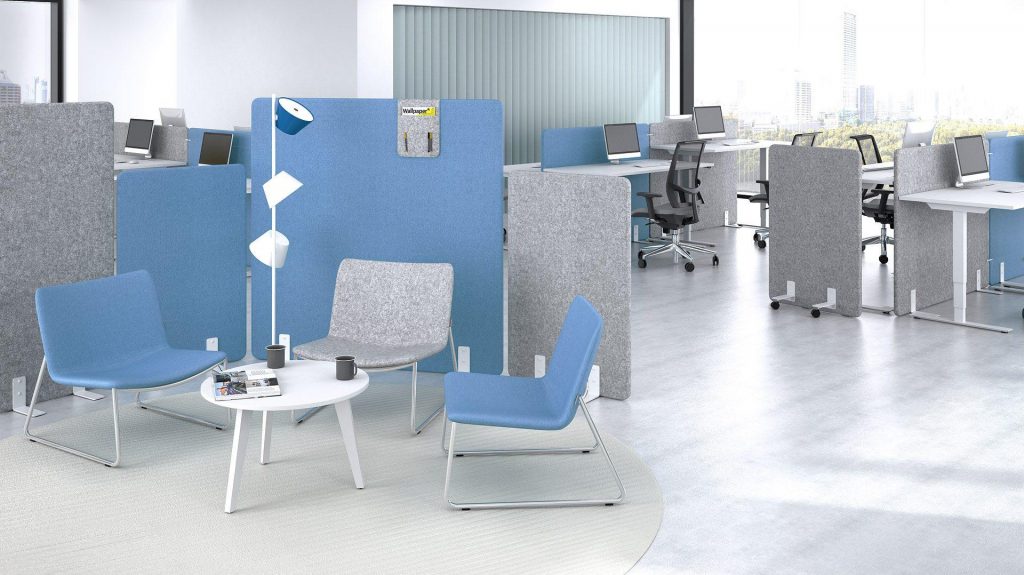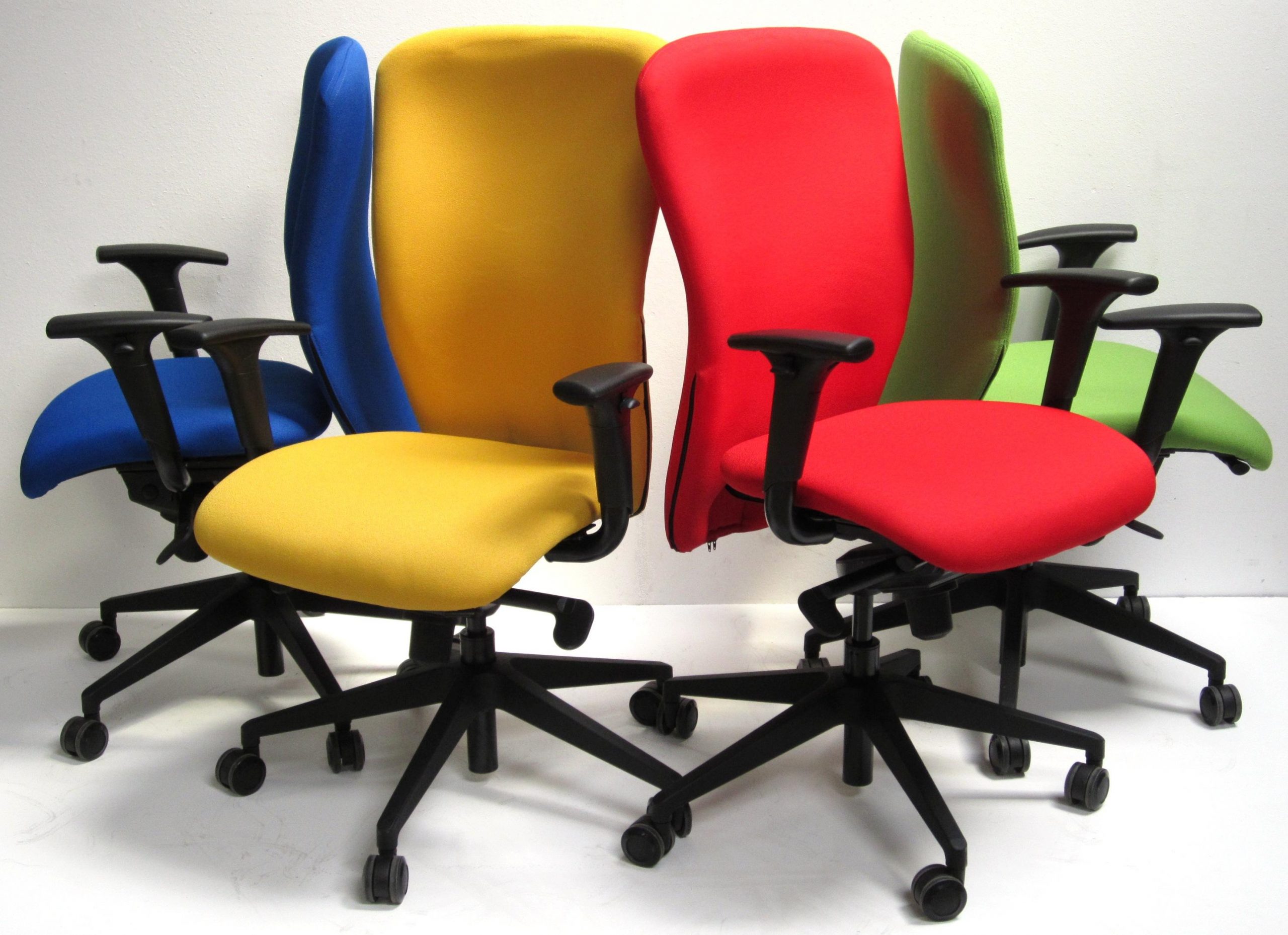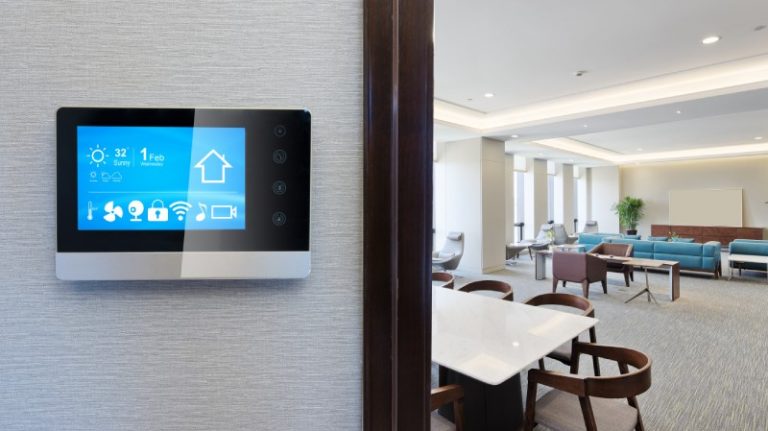A Helpful Guide to Office Chair Mechanisms
 If you’re looking for a new office chair the many different mechanisms and features can be sometimes confusing…
If you’re looking for a new office chair the many different mechanisms and features can be sometimes confusing…
Why is a good office chair important?
If you’re an office worker it’s likely that you spend a lot of time sitting at a desk or computer, so it’s vital for a number of reasons to get an appropriate office chair. With prolonged hours in the same position, a good office chair will provide the correct support for your posture, including lumbar, pelvic and muscle support, as well as better blood flow and circulation with less stress placed on certain muscles. A comfortable working environment with appropriate office seating will increase productivity and performance, and reduce the chances of back pain. There are a variety of office chair tilt mechanisms built into an office chair seat, such as backrest tilt, office chairs with a recline angle and office chairs with seat height adjustment.

Preventing back pain with the correct office chair
Sitting for long periods of time in the same chair is likely to contribute to back pain if your chair isn’t set up correctly for your unique height and posture. It can also worsen any existing back pain or problems too. Choosing the correct type of chair, with the right support can make a huge difference, and reduce anyone suffering with or developing back pain in the office environment. Even an office chair with a basic tilt mechanism can provide additional support and help to prevent back pain for those working in an office.
Different Seat Adjustments
If you’re looking for a new office chair the many different mechanisms and features can be sometimes confusing, but having an easily adjustable chair once you know how to use it can greatly improve your wellbeing both physically and mentally while working. To comply with DSE regulations office chairs should as a minimum have a seat which is adjustable in height, its back should be adjustable in both height and tilt, and the chair should be stable and allow the user easy freedom of movement and a comfortable sitting position. Due regard should be paid ensuring that the user’s eye-level when seated is aligned comfortably with any computer screens which the user needs to operate.
Here are some of the more common office chair mechanisms available and how to use them:
Tension or body weight adjustment
This chair mechanism requires minimal user adjustment, and is particularly useful where multiple users will be sharing the same chair. The tension setting will adjust automatically to suit the individuals’ body weight, and there are usually simple-to-use levers to set seat height and back-tilt to suit the individual user.
Synchro mechanism
Synchro mechanism is short for synchronised mechanism, and this is when the seat and back of the chair are linked together and move automatically in sync, keeping the angles consistent to provide maximum support. The chair can be locked in position or left to ‘free float’ depending on your requirements.
Independent mechanism
For this seat mechanism, the back of the chair and the seat angle can be adjusted separately to suit the user. The chair can be heightened or lowered, and tilted to different angles then locked into position – or left to float free providing there is a seat tensioning control provided.
Ergonomic pelvic support mechanism
This is a more advanced chair mechanism often recommended to users with back pain issues after an ergonomic assessment, although it would be excellent practice to provide these chairs to all staff who are required to spend several hours per day seated at a desk to help prevent back-pain issues from arising in the first place. A good ergonomic chair will provide firm and continuous support for the user’s pelvis, spine, neck and shoulders.
Below are explanations of some of the mechanism features most often used when describing chairs:
| Mechanism Feature | Explanation |
| Back rake mechanism | The back rake office chair adjustment controls just the back of the chair, allowing it to be changed to different heights and angles. The chair back is adjusted and then locked to the required position while the seat remains fixed. |
| Knee tilt mechanism | A knee tilt mechanism works by tilting the front of the seat forward in order to reduce pressure on the back of the knees, and allows the user’s feet to stay flat on the ground. This is important for circulation and posture while sitting. |
| Seat slide | A seat slide is often available as an extra option that adjusts the depth of the seat to accommodate the user. A lever on the chair alters the distance of the seat from the back of the chair. |
| Inflatable lumbar support | Lumbar support is additional support to the lower back area, so an inflatable lumbar support is available as an extra on most chairs. It can be inflated or deflated to adjust the support it gives the lower back and can be used to help back problems. |
| Ratchet back | A simple adjustment but a useful one that allows the back of the chair to move up or down in stages on a ratchet. This provides the correct back support to suit the height of the user. |
Interested In Office Chairs or Office Furniture?
If you’re interested in office seating or office furniture for your workspace, then get in touch with the team at Office Options today!



